2007 Hummer H3

| The Good: – Tough unique styling – Total off-road ability – Not too expensive | The Bad: – Lumpy handling – Terribly slow and thirsty – Built like an economy car |
Over the years, the fullsize Hummer H2 became a monumental symbol for all that is wrong with this world. It was big enough to occasionally waste two parking spaces. It looked obnoxious enough for rich incompetent drivers and criminal rappers to want one. And its healthy appetite for petrol was considered to be one of the reasons why America invaded Iraq. The General finally came to its senses and decided to downsize the Hummer. The result is the H3.
The H2 still exists, but the midsize H3 makes a damn good case against its bigger brother. Based on the Chevy Trailblazer, the H3 has unique sheetmetal that immediately identifies it as a Hummer, with all the requisite off-road accessories. The smaller package and realistic pricing just makes the deal more palatable. Our manufacturer-supplied test vehicle was a yellow example with optional extras such as chrome add-ons and navigation. The tough exterior look, with huge tow hooks hanging off the bumpers, chrome tube side-steps, beefy tyres and special roof-rack rails, certainly gave off the right impression, although closer examination reveals only marginal build quality.
The marginal quality continues on the inside too. The dashboard and inner door panels are all hard plastic, with a bit of leather on the doors and the central armrest. The leather looks artificial too, and covers the seats as well. Some metal trim on the centre console adds colour to the black surroundings. Incidentally, the parking brake release handle came off once when we tugged on it. We are being hard on this truck’s cabin materials because we expected more from a brand that has premium connotations. Otherwise, the cabin really is mostly functional and largely durable.
The cabin has a decent amount of space inside, with good headroom thanks to the upright shape. The two-tone faux-leather seats are comfortable but have little bolstering. Legroom is great at the front, and good enough at the back to fit most people comfortably, although they might have some trouble climbing through the compact rear doors. But as spacious as the H3 is, it feels tight simply because all the windows are so small. While this is a side-effect of taking styling cues from original Humvees that were designed for blocking bullets, windows this small on a street vehicle this big is never a good thing. The front gets two exposed cup-holders, while the rear has to share only one hidden holder. Luggage space in the back, while decent, is not as much as we expected, probably due to the truck’s short rear overhang. The rear seat-backs do fold down to turn the H3 into a panel van, and while we never liked tyre-carrying rear doors that open sideways, it does have a hydraulic hinge to assist in opening the heavy door easily.
The feature set in our loaded H3 was good. Power windows, electric mirrors, sunroof, digital compass and even an optional touchscreen navigation screen with integrated audio system were all fitted. The touchscreen setup made it easy to change radio stations, although we didn’t bother playing with the complicated navigation system. The premium CD stereo system turned out to be surprisingly good, with thumping bass and no distortion at moderately high volumes. The a/c is simple, but does the job well enough, with rear vents in the door pillars. Both front as well as side airbags are available.
Out on the road, the new 3.7-litre inline-five feels severely underpowered, since peak power and torque comes up at too high up the rev range for a heavy 4WD. With 242 hp at 5600 rpm and 328 Nm at 4600 rpm on tap, it is not enough to give this 2100 kg vehicle any sort of urgency when accelerating. A casual 0-100 kph summer run netted a leisurely 12.5 seconds, with the oddly-configured engine sounding like a vacuum cleaner. This premium vehicle doesn’t come with a trip computer either, so we roughly calculated a fuel consumption number of 20 litres per 100 km, which is not great, but at least the 87-litre fuel tank is big. The four-speed automatic, while outdated, still did well in choosing the right gears and shifting smoothly. A five-speed manual is also available.
The H3 is easy and comfortable enough to drive, though there is some jitteriness on uneven road surfaces. Wind noise is moderate at highway speeds, but gets much louder even a little above 120 kph. The high driving position offers good forward visibility, while rear visibility is fully dependent on the large side mirrors, because the huge spare tyre blocks the view out the rear window. Shoulder checks are also blocked thanks to thick pillars all round, while reverse parking in tight situations is near impossible since our tester did not have the optional parking sensors.
We were not too keen on pushing the limits of the H3 on tarmac, but as we drove it around for three days, we became more confident of its on-road capabilities. The power steering is very soft and body roll is immense around corners. Like many truck-based 4WDs, quick movements cause the body to sway as if on water, and it is easy to make the tyres squeal on roundabouts. The ABS-assisted disc brakes are mushy and need a good stomping to get the truck to slow down. But as we got to know the H3 better, we knew how far we could go. We started diving into corners at higher speeds, then hitting the brakes and turning in as the tyres squealed, while preparing to accelerate away again. We realised that the H3 is rather stable around curves if you know where to draw the line, and that the lumpy handling and squealing tyres are misleading enough to make most people drive it slower, which is always a good thing. Stability control nannies are standard, but we never set them off.
The H3 is specifically built to go off-road, pure and simple. It has great ground clearance, beefy 265/75 tyres on 16-inch alloys, low-range gearing, locking diffs and short overhangs. It has an easy button-operated system for choosing 4WD-high, 4WD-high locked and 4WD-low, while noticeably missing a conventional 2WD setting since the 4WD-high setting works as an automatic all-wheel-drive setup. It does dunes easily, as long as you pound on the power by flooring the throttle pedal, and there is lesser danger of breaking off its small front bumper while sliding down a slope than, say, a Ford Explorer or a Nissan Pathfinder. We even got into the typical Hummer spirit and ended up mindlessly climbing footpaths to go around inconsiderate drivers blocking single-lane roads.
The Hummer H3 is more of a lifestyle vehicle than anything else, which is why the usual rules of judging vehicles do not apply to it. Sure, there are better trucks out there that don’t blind you while taking corners or turn a parking exercise into a guessing game. But then again, they don’t wear the Hummer badge either. The H3 is expensive for what it offers as a complete package, but it is cheap for a Hummer. It is slow, cumbersome and thirsty, but it is still a Hummer. And that is enough to make it massively popular.
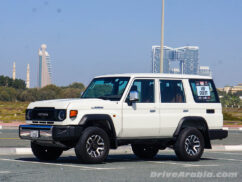
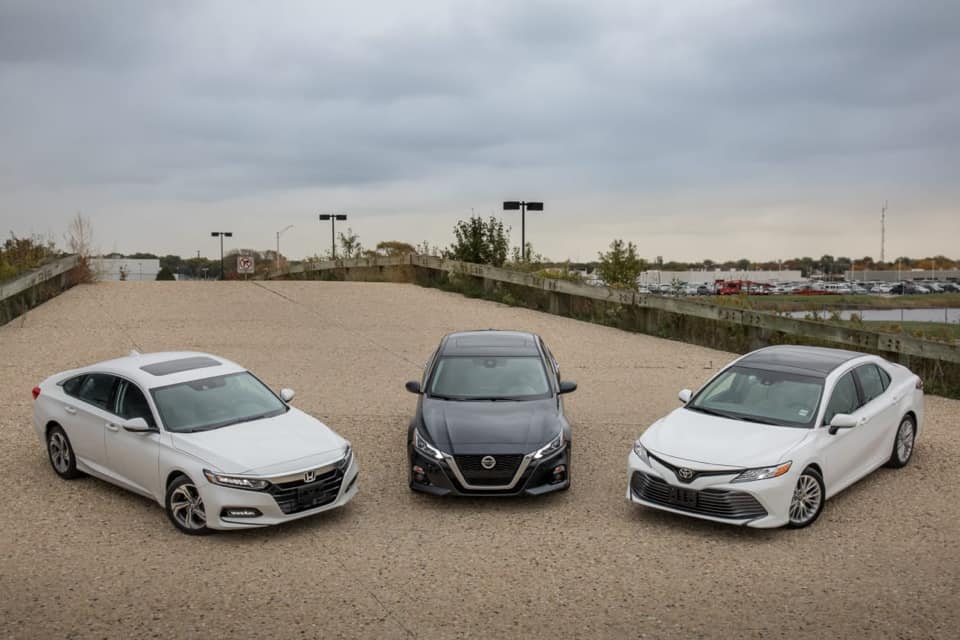
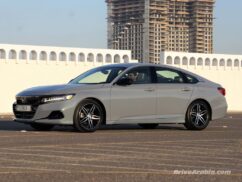
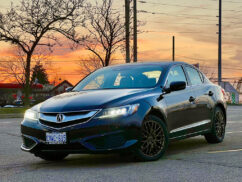
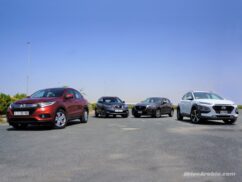
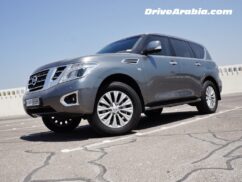
There are no comments. Be the first!